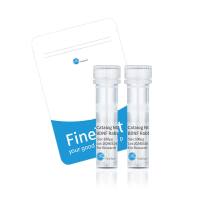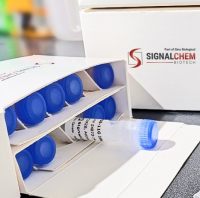Spatial organization of chromatin plays an important role at multiple levels of genome regulation. On a global scale, its function is evident in processes like metaphase and chromosome segregation. On a detailed level, long-range interactions between regulatory elements and promoters are essential for proper gene regulation. Microscopic techniques like FISH can detect chromatin contacts, although the resolution is generally low making detection of enhancer–promoter interaction difficult. The 3C methodology allows for high-resolution analysis of chromatin interactions. 3C is now widely used and has revealed that long-range looping interactions between genomic elements are widespread. However, studying chromatin interactions in large genomic regions by 3C is very labor intensive. This limitation is overcome by the 5C technology. 5C is an adaptation of 3C, in which the concurrent use of thousands of primers permits the simultaneous detection of millions of chromatin contacts. The design of the 5C primers is critical because this will determine which and how many chromatin interactions will be examined in the assay. Starting material for 5C is a 3C template. To make a 3C template, chromatin interactions in living cells are cross-linked using formaldehyde. Next, chromatin is digested and subsequently ligated under conditions favoring ligation events between cross-linked fragments. This yields a genome-wide 3C library of ligation products representing all chromatin interactions in vivo. 5C then employs multiplex ligation-mediated amplification to detect, in a single assay, up to millions of unique ligation products present in the 3C library. The resulting 5C library can be analyzed by microarray analysis or deep sequencing. The observed abundance of a 5C product is a measure of the interaction frequency between the two corresponding chromatin fragments. The power of the 5C technique described in this chapter is the high-throughput, high-resolution, and quantitative way in which the spatial organization of chromatin can be examined.






